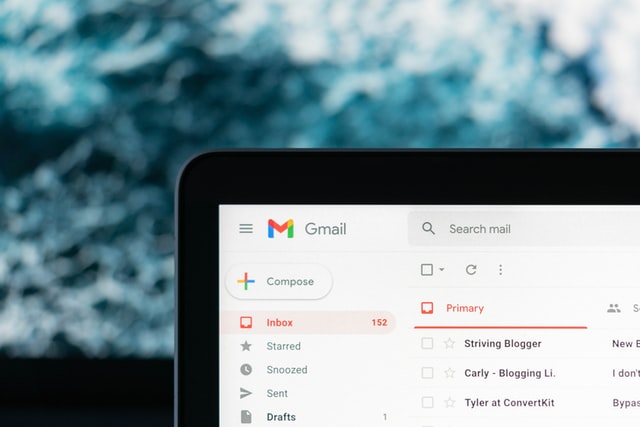Cold email outreach can be a game-changer for businesses looking to connect with potential clients, partners, or collaborators. It’s a direct, cost-effective way to introduce your services or products to a targeted audience. Whether you’re launching your own campaign or managing one for a client, mastering this technique can significantly impact your lead generation efforts.
However, the key to success in cold email outreach lies in a well-structured approach that maximizes engagement while minimizing the risk of being marked as spam.
Here’s a detailed (and tested) guide on how to do cold email outreach effectively:
Setting Up Email Infrastructure
Step 1: Creating Email Accounts
The first crucial step is setting up between 50 to 100 email accounts. This range ensures that you can send a significant volume of cold emails daily, usually between 1,500 and 3,000, to generate adequate attention and leads.
I typically use Microsoft domains and Outlook, though other providers like GoDaddy are also viable. The key is to first purchase your domains and then set up email accounts separately to maximize deliverability.
Step 2: Warming Up the Email Accounts
Next, warm up these accounts for 14 days using tools like Smartlead.ai. This warm-up period is critical; without it, your emails might end up in the spam or junk folder. Smartlead.ai offers a 14-day free trial, which is perfect for this initial phase.
2. Build and Segment Your Contact List
Create your potential contact lists using Seamless.ai, which helps you identify and gather data on leads based on your targeted Ideal Customer Profiles (ICPs). To access advanced features, consider purchasing their PRO plan, for which you’ll need to contact sales for pricing.
Segmentation Tips:
- Industry: Tailor your messaging to specific industries to ensure relevance.
- Company Size: Adjust your offer or approach based on the scale of the business.
- Job Role: Speak directly to decision-makers or influencers within a company.
- Geographical Location: Customize your emails to account for cultural differences or regional interests.
- Past Engagement Levels: Re-engage warm leads or adjust strategies for cold leads.
- Specific Pain Points: Address the unique challenges that your leads face.
3. Verify and Clean Up Your List
Before hitting send, clean up your email lists for validity using an email verification tool like Reoon. This step is crucial to avoid high bounce rates, which can damage your sender reputation and impact future deliverability.
4. Set Up Email Automation and Personalization
With a clean list and warmed-up domains, set up your email automation and follow-up sequences using Instantly.ai. Automation saves time and ensures consistent communication, but personalization is what makes the difference.
Personalization Tips:
- Industry or Job Role: Reference specific trends or challenges in their sector.
- Recent Activity: Mention recent news or achievements relevant to the recipient.
- Dynamic Content: Use data-driven dynamic content to personalize offers and messaging.
Regularly conduct A/B testing on various elements, such as subject lines, email content, call-to-action buttons, and design. This helps refine your strategy based on what resonates best with your audience.
5. Supplement Outreach with LinkedIn Engagement
Consider reaching out to the same list on LinkedIn using tools like MeetAlfred. Engaging with contacts on LinkedIn before sending cold emails can create a warm introduction, increasing the likelihood of a positive response.
6. Gather Feedback and Iterate
Finally, establish a method for gathering feedback from engaged contacts. This feedback is invaluable for understanding what works and what doesn’t in your emails. Use these insights, along with analytics, to continuously update and refine your outreach strategy.
Conclusion
Effective cold email outreach is a blend of strategic planning, personalization, and continuous improvement. By following these steps, you can enhance your outreach efforts, increase engagement rates, and ultimately drive more conversions. Remember, the key is not just in sending emails but in sending the right emails to the right people.












